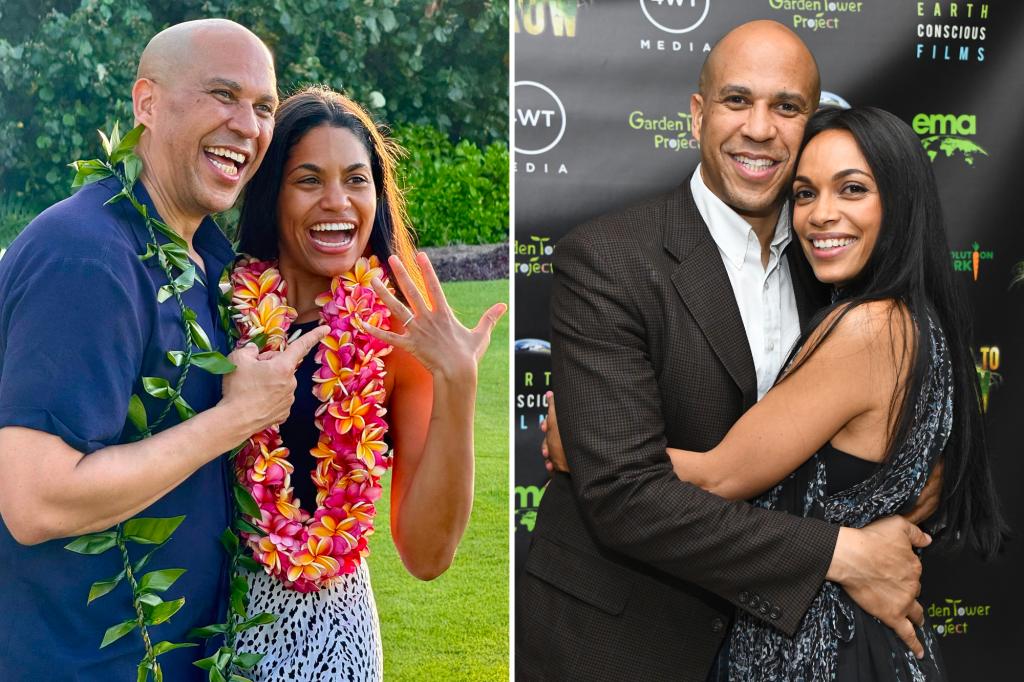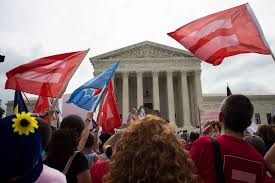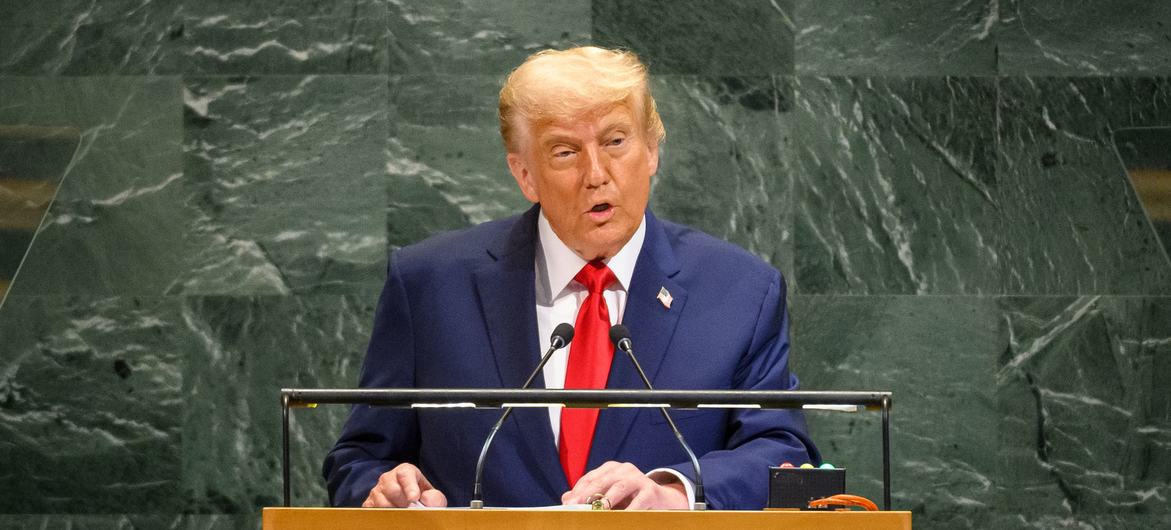Louisiana: Is the Supreme Court about to weaken the Voting Rights Act again?

SmartScripts sanctioned over counterfeit Ozempic as lawsuits mount.
A fierce legal battle over race-conscious redistricting is unfolding at the U.S. Supreme Court, and its outcome could strike a deep blow to a cornerstone of American civil-rights law: the Voting Rights Act. The case pits Louisiana’s newly drawn congressional map — including a second Black-majority district — against conservative justices skeptical of remedial race-based districting and its permanence.
A Second Majority-Black District under Fire
After the 2020 Census, Louisiana’s legislature adopted a congressional map that retained a single Black-majority district — despite Black residents making up roughly one third of the state’s population. When that map was challenged in court, a federal judge found it likely violated Section 2 of the Voting Rights Act, which bars practices that dilute electoral power along racial lines. In response, Louisiana’s legislature reconfigured its map to include a second majority-Black seat, from which Democrat Cleo Fields was subsequently elected.
Yet the new district drew fresh legal challenges. Plaintiffs argued that the fresh Black-majority district relied too heavily on race, crossing constitutional lines under the Fourteenth and Fifteenth Amendments. A three-judge panel agreed, blocking use of the new map. That decision led to Supreme Court review of Louisiana v. Callais, consolidated with Robinson v. Callais.
Conservative Justices Question the Burnish of Race-Based Remedies
During oral arguments, conservative justices expressed notable skepticism toward the map’s reliance on race. Central to their doubts was Justice Brett Kavanaugh, who twice raised the specter of infinite or indefinite remedial race-based districting — asking whether there should be a time limit on how long the Voting Rights Act can justify using race as the primary driver in drawing maps. He also harkened back to prior decisions condemning “race-based districting” as a dangerous path.
Another thread ran through the questioning: the Trump administration’s posture in the case. Though the administration sided with Louisiana — albeit in a posture that seeks to undercut the reach of the VRA — the justices seemed open to considering a narrower interpretation of race-based protections.
Chief Justice John Roberts, too, appeared cautious. He flagged distinctions between this case and earlier precedents, suggesting that past rulings (notably the Alabama case) may not demand identical results here.
The Liberal Split: Anchor to Congress’ Original Purpose
On the Court’s liberal flank, Justices like Elena Kagan emphasized that Congress passed the Voting Rights Act in 1965 precisely to uproot racial discrimination in voting. They pushed back on attempts to raise the burden on plaintiffs seeking to challenge maps, warning that shifting standards could render Section 2 hollow.
They argued that Louisiana’s proposed defenses would force plaintiffs to satisfy overly demanding proofs — beyond what Congress intended — thereby undercutting the statute’s purpose.
What’s at Stake: The Future of Section 2
If the Justices side with Louisiana and curtail Section 2’s reach, the ruling could reshape redistricting across the U.S. It would curtail one of the last robust legal tools available to challenge discriminatory maps. Some civil-rights advocates warn that dismantling or narrowing Section 2 could revert the electoral map to race-blind standards that neglect the legacy of historic discrimination.
A decision is expected by mid-2026. For now, Louisiana braces as a case originally designed to enforce equity now threatens to redefine what equality means in America’s voting laws.
FAQ Section
Q1: What is the Voting Rights Act?
The Voting Rights Act, passed in 1965, is a landmark civil rights law designed to eliminate racial discrimination in voting and ensure equal access to the ballot box for all Americans.
Q2: Why is Louisiana’s congressional map before the Supreme Court?
Louisiana’s new map includes a second majority-Black district created after a lower court ruled the original map likely diluted Black voters’ influence, violating Section 2 of the Voting Rights Act.
Q3: What are the main arguments before the Court?
Conservative justices are questioning whether the Voting Rights Act should indefinitely require race-based remedies, while liberals argue the law’s purpose is to protect minority voters from systemic exclusion.
Q4: What role is Justice Brett Kavanaugh playing in this case?
Justice Kavanaugh, who previously voted to uphold a similar map in Alabama, signaled concerns that race-based districting could extend indefinitely — suggesting possible hesitation this time.
Q5: What could this decision mean for future elections?
If the Supreme Court limits Section 2, it could make it harder to challenge maps that weaken minority voting power, altering how congressional and state districts are drawn nationwide.
Q6: When will the Supreme Court issue its ruling?
A decision in the Louisiana redistricting case is expected by mid-2026, with far-reaching implications for voting rights and racial equity in representation.




